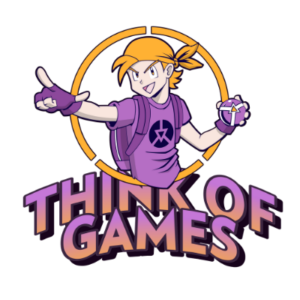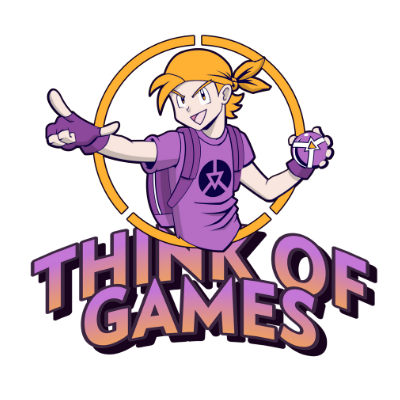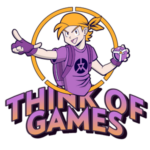A few years ago, player-owned digital assets were written off as a passing fad. But they’re quietly coming back and this time backed by steadier crypto prices, stronger tech and far less hype. What’s emerging isn’t another NFT boom but a more grounded movement built around usability and trust.
Gamers have always understood value, scarcity, trade and fair exchange. Now that cryptocurrency prices present a calmer front and blockchain infrastructure has matured, developers are revisiting ownership with clearer heads, which benefits you. Wild swins have given way to a more confident, steadier progress built on security, interoperability and community culture.
A Game Economy Rising from the Ashes
When NFTs flooded gaming in the late 2010s and early 2020s, promises of digital wealth moved much quicker than the hardware or ethics they were supposed to be built on. Speculation was high, and the idea of ownership got buried under community backlash at unmet standards. Yet the concept that you, as a player, should be able to own and move your digital assets is a sentiment that never really went away.
It has now come back in a quieter more calculated form. Gaming studios and developers are now experimenting with interoperable assets, tokenised cosmetics and player marketplaces where value comes from use and not hype.
This resurgence aligns with broader confidence in blockchain infrastructure as markets stabilize and mature. Today’s trading volume of crypto currencies on Binance is $262.11B, underscoring how digital ecosystems, from gaming to finance, are increasingly intertwined through real-world liquidity and user engagement
Why Ownership Still Matters
The thrill of a rare loot drop or a hand-forged unique skin mirrors the real-world scarcity system. A 2024 paper, ‘Decentralized Games Assets on the Ethereum Blockchain’, claims that a blockchain-based tokenisation system can finally offer you the ability to prove what assets you own and where you got those assets. This solves one of gaming’s oldest problems. Digital items no longer have to be fragile, meaning you don’t have to lose them; they can’t be duplicated, deleted or controlled only by the game company.
As online identities are becoming a part of everyday life, digital assets carry more weight than they did in the past. Players now invest more time, skill and creativity in their game play. They live part of their lives in these virtual spaces and this is something that should be accurately recorded and protected.
And even though crypto price charts still show volatile movement, this movement is now steadier than in previous years. That has helped rebuild developer confidence. Gamers also see blockchain’s appeal: the whole system is not just about speculation anymore, but it now represents an opportunity for fairness and transparency, ideas that have always been central to the gaming culture.
Going Beyond Speculation
The NFT frenzy has cooled, and that’s a good thing. Gaming developers now treat blockchain as invisible plumbing rather than a selling point. Functionality, not fads, drives adoption now.

There is a steady growth in blockchain gaming wallets, even as overall market volatility has dropped. Developers seem to have learned that players don’t want token economies shoved in their faces anymore, they want choice to use what they understand and stability.
However, a Brookings Institute report has cautioned that NFT gaming still runs on business models without the necessary consumer safeguards of traditional finance, therefore leaving gaps in transparency and accountability across the digital marketplaces.
Even so, the conversation around the topic has matured and it’s no longer about whether blockchain should exist in gaming. But more about how blockchain systems can be used to make gaming fairer and transparent.
Developers Are Rewriting Play Economics
Owning your in-game assets sounds simple. Designing an economy around it isn’t. Developers are wrestling with how to reward participation without turning fun into a financial system.
Many are borrowing lessons from decentralised finance. Some use token caps and burn mechanics to keep value balanced; others build “utility-first” assets that enhance gameplay instead of those same assets just sitting in a wallet.
In this new model, blockchain isn’t used as a register of profits, but rather it’s a log of contributions and creativity.
Binance Research notes: “The traditional four-year market cycle is nearing the end of the bull run, but this time may differ. Institutional Bitcoin ownership has risen from 0.9% in 2014 to 19.8% now, which could mean smaller pullbacks.”
In other words, with cryptocurrency prices showing more maturity, developers finally have a stable enough backdrop to innovate and create without fear that a market crash will erase your trust as a player.
A Digital Renaissance
At its heart, this comeback is cultural, not technical. Players no longer want to chase hype. They want clarity on how their virtual entertainment and economies work, who benefits and how ownership is earned.
That shift has opened the door for smaller, community-built experiments that favour practicality over flashy fads. With steadier crypto prices and better tech, blockchain integration feels less like a gamble and more like a natural next step forward.
It’s still early days, but the direction is clear. A more transparent gaming economy doesn’t just reward the developers; it empowers you as a player. And as the boundaries between creation, commerce and play keep fading, digital ownership is quietly reshaping what it means to play, earn and belong online.




















